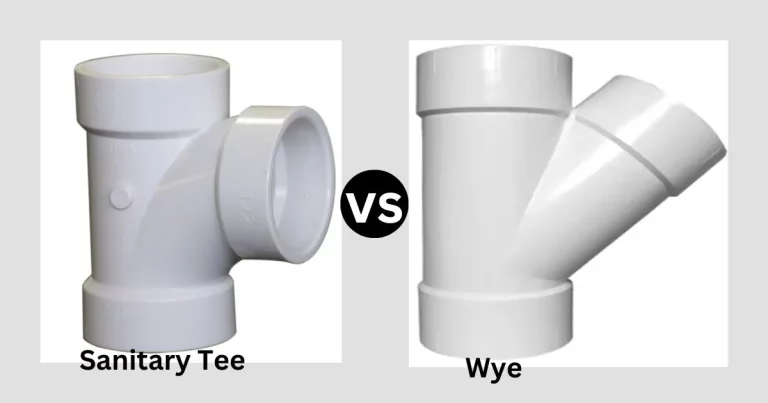What is a Crawl Space Basement?[Answered]
Crawl space basements have become common in homes, providing an alternative to traditional full-height basements. A crawl space basement has a shallow space under the first floor of a house, typically only about 2 to 3 feet in height, just enough for a person to crawl through. Instead of fully excavating a traditional basement, they use the space between the ground floor joists.
A crawl space basement is part of a house with a low height, allowing one only to crawl and not stand up fully. The limited space is achieved by excavating only the upper portion of the ground beneath the house and leaving the floor supported by short piers or walls. That provides some basement space-like storage while reducing costs compared to a full basement excavation.
To learn more about the pros and cons of crawl space basements, how they work, and tips for maintaining a crawl space basement, continue reading to understand this type of basement and decide if it would be a good option for your home.
What Is A Crawl Space Basement
A crawl space basement is a type of basement construction where the foundation walls extend only partially above ground. The open space below the first-floor joists is called the crawl space. Access to the crawl space is through a small opening, usually around 18 to 24 inches high and wide enough for a person to enter on their hands and knees.
The exposed ground in the crawl space is generally covered with a vapor barrier to prevent moisture from seeping into the basement. Pipes, ductwork, and electrical wires run through the crawl space to serve the first floor.
Crawl space basements are usually cheaper to build than a full basement because less excavation work is required, and foundation walls do not need to extend as high above the ground.
Only the portion of the foundation walls below the floor joists is built with poured concrete or concrete blocks. The load from the above structure transfers onto the foundation through the floor joists. The space between the joists becomes the crawl space where utilities can be accessed and maintained.
Insulation is not typically applied to the foundation walls in a crawl space basement due to the open design. This can result in lower temperatures in the crawl space compared to a full-height basement.
Proper ventilation and a vapor barrier are essential to reduce moisture buildup from the ground. Dehumidifiers or fans may need to be installed to remove excess humidity and condensation from the crawl space area.
What Are The Benefits Of Crawl Space Basements?
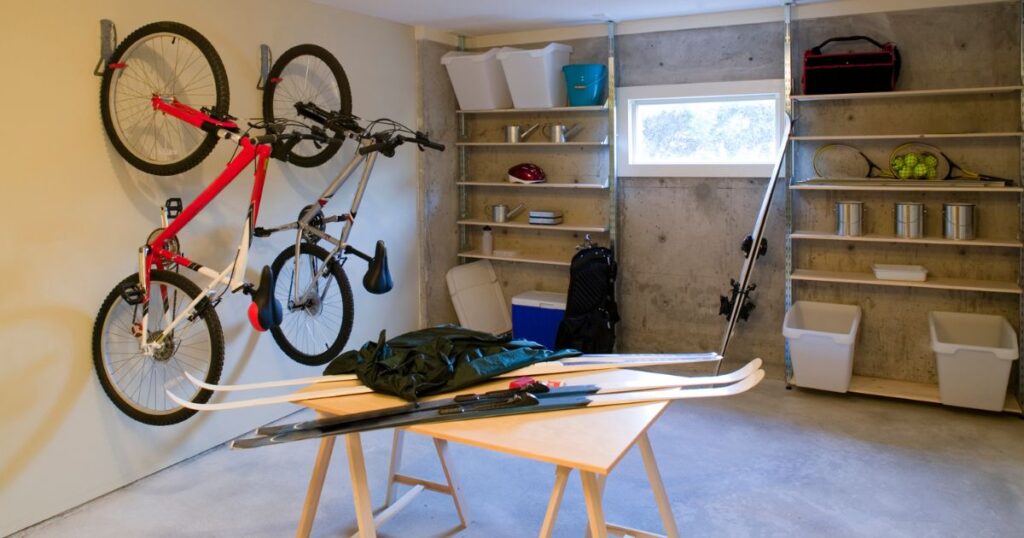
Although more limited in use than standard basements, crawl space basements offer distinct benefits including lower costs, less humidity issues, and easy access for maintenance and repairs. Here are some of the benefits of crawl space basements:
Lower Cost
Crawl space basements can save you thousands compared to full-height options. They require less excavation since the ceiling height is only 3-4 feet instead of 8 feet. This means removing significantly less dirt. They also need less framing lumber, insulation, and concrete since the walls and floor area are smaller. All of this adds up to a major reduction in material and labor costs.
Better Drainage
The sloped floor and ventilation systems in crawl spaces help water drain away very quickly. Any moisture that gets in can easily escape instead of accumulating. This dramatically lowers the risk of damage from flooding or excess moisture that can cause mold, rot and structural issues. The earthen floor also acts as a natural vapor barrier, further reducing humidity that leads to musty smells and mold growth.
Easy Access
The open space in a crawl space provides unobstructed access for any maintenance or repairs of water lines, drain pipes, HVAC ducts and electrical wiring. You can easily crawl around to fix issues, replace components or add new ones. This convenient access saves you time and money compared to full-height basements that require ladders, bending over joists and moving insulation.
More Living Space Upstairs
Since the ceiling height in a crawl space is only 3-4 feet tall, the floor above it can have ceilings as high as 9 or 10 feet. This makes rooms feel much more spacious and airy. Higher ceilings give an open, vaulted feeling that many people prefer in main living areas like family rooms, great rooms and kitchens.
Flexibility
Crawl spaces offer additional storage space for things you need occasionally but don’t use all the time. As your needs change, a crawl space also gives you the option to finish it out and convert it into a full walk-out basement in the future if desired.
Drawbacks Of A Crawl Space Basement
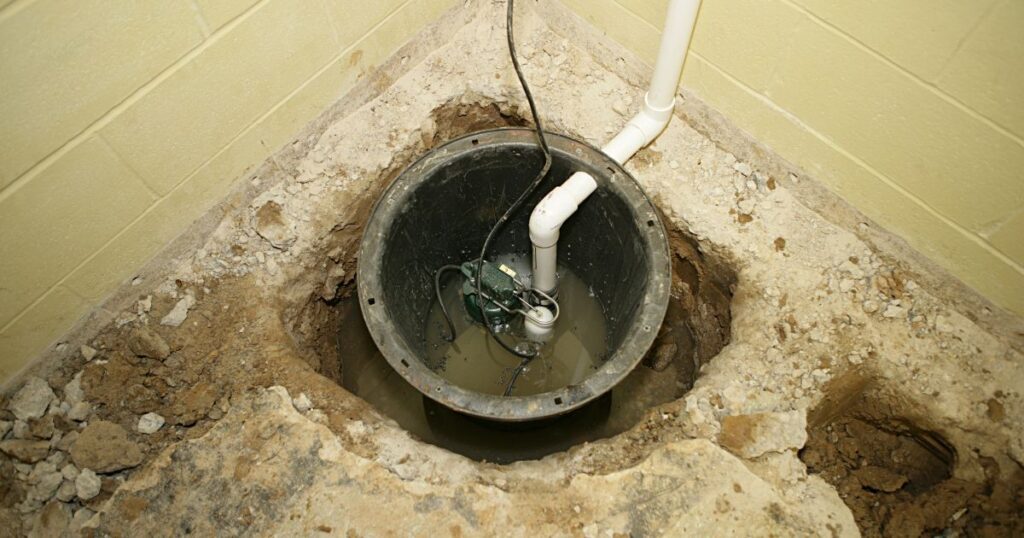
While you may enjoy all the benefits discussed above, there are some drawbacks of having a crawl space. They include:
Limited Use of Space
A crawl space only provides limited usable space. Since you have to get on your hands and knees to access it, the space is really only suitable for storage. You cannot easily convert it into living areas like a full basement. This limits the overall usefulness of the space in the home.
Difficult Access
While the open design provides good access for maintenance, actually getting in and out of a crawl space can be difficult and inconvenient. You have to literally crawl on the ground, getting your clothes dirty and possibly encountering spiders and other critters. This makes frequently accessing items stored there a hassle.
Potential Moisture Issues
Though crawl spaces are designed to drain water well, moisture can still accumulate over time from groundwater, leaky pipes or overflowing appliances. The vents meant to reduce humidity can also allow moisture in during rainy periods. This risks mold, wood rot and structural damage if excess moisture is not addressed properly.
Higher Risk of Pest Infestations
The open design and access to the outdoors make crawl spaces more susceptible to pest infestations. Bugs, insects, spiders, rodents and other pests can easily enter and set up home in insulation, ductwork and stored items. This requires regular spray treatments and pest control to avoid infestations spreading upstairs.
Requires More Maintenance
Since crawl spaces involve a direct interface with the outdoors, they require more ongoing maintenance compared to full height basements. This includes checking vents, moisture barriers, drainage, floor levelness and structure for any issues. Neglecting maintenance can lead to expensive repairs and remediation costs over time.
Related: When Should I Replace My Vapor Barrier? What Happens When A Vapor Barrier Fails?
Basement Vs. Crawl Space: What’s The Difference?
Underneath every home lies a foundational space that serves an important role. For some homes, this space is a fully formed basement that provides usable living area, storage, and access to utilities.
However, many other homes feature a shallow crawl space that primarily functions to allow access for maintenance and inspections. These two types of foundational spaces – basements and crawlspaces – differ greatly in their configuration, benefits, and drawbacks.
What is a Basement?
A basement provides homeowners with additional living space in the form of several floors below ground. Most basements have concrete walls, floors, and ceilings which provide durable and weather resistant construction. Windows are often small and placed high up near the ceiling to let in light.
Basements typically include usable spaces for recreation rooms, home offices, gyms, home theaters, laundry rooms, and storage. Basement floors can be covered with tile, carpet, or laminate flooring. Utility devices like the water heater, furnace, and electrical panel are often installed in the basement for easy access.
Overall, basements provide substantial benefits to homeowners in the form of extra living area, ample storage options, and convenient access to utilities. However, basements require considerations like proper waterproofing, drainage, and ventilation to prevent moisture issues that can damage contents and structures. Regular maintenance and inspections by professionals are important to address any issues before they become severe problems.
What is a Crawlspace?
A crawlspace is the area located beneath the first floor of a home between the ground surface and the floor joists. Crawl Spaces typically have dirt floors and the foundation walls consist of poured concrete or concrete blocks. Access to the crawlspace area is provided by hatches or access doors to allow entry for occasional maintenance.
The enclosed area of a crawlspace mainly functions to provide access for maintenance of utilities like plumbing, HVAC ductwork, and electrical wiring. However, crawlspaces require proper ventilation to avoid moisture build-up and prevent mold growth which can degrade structural elements and contents.
Homeowners should inspect crawl spaces regularly to ensure vents remain open and unblocked, drain pipes are functioning, and moisture barriers are intact. Any signs of water intrusion, wood rot, or insect infestation should be addressed promptly by pest control and foundation repair professionals.
What’s The Difference Between a Basement and a Crawlspace?
- Access: Basements have regular entryways like staircases or doors that enable easy access. This makes basements convenient for daily use. In contrast, crawl spaces typically only have small hatches or openings to allow occasional access for maintenance and inspection. These openings limit use to only occasional entry for servicing utilities. Crawl spaces are not intended for routine use as passageways.
- Cost: Basements typically cost more to build due to the need for waterproofing, reinforced concrete walls and floor, foundation drainage systems, and egress windows. However, they provide more usable living space to offset the cost. Crawl spaces have lower initial costs since they do not require reinforced concrete walls or egress windows. However, they need ongoing costs to manage moisture and pest issues.
- Functionality: Basements can provide additional bedrooms, play areas, home offices, storage, and other living space for a home. They have multiple exit points and more overhead clearance. In contrast, crawl spaces mainly serve to provide maintenance access to mechanical systems like HVAC ducts, plumbing pipes, and electrical wiring. Crawl spaces themselves cannot function as practical living areas due to their restrictive configuration.
- Maintenance: Consistent upkeep is important for basements to prevent problems like moisture accumulation, wood rot, and mold growth that can damage structures and contents. Proper ventilation, drainage, and waterproofing are also critical for crawl spaces to avoid moisture issues that lead to deterioration. However, higher amounts of maintenance and inspection are generally required for crawl spaces due to their increased risk of moisture and structural problems from insufficient headroom.
FAQs:
Are crawl space basements bad?
Crawl spaces can be prone to moisture issues if not properly maintained. This can lead to mold and humidity problems. However, crawl spaces can work well with proper vapor barriers, insulation, and ventilation.
Why Do Homes Have a Crawl Space?
Homes often have crawl spaces instead of full basements for cost, topography, and accessibility. Crawl spaces are cheaper to build than full basements since they do not require excavation and a poured concrete floor.
Can a Crawl Space Be Turned into a Full Basement?
In some cases, yes. Converting a crawl space involves excavating soil, pouring concrete, installing drainage, adding support structures, and extending utilities. However, converting a crawl space to a basement can be expensive and complex. It may not be feasible in all situations due to soil and water table conditions.
Conclusion
Crawl space basements are a common foundational style for homes where the first floor is built above a shallow excavation. While not technically considered a full basement due to the lack of headroom, crawl spaces provide advantages over slab foundations, like easier access for repair and maintenance of plumbing and wiring beneath the floors.
However, crawl spaces also require proper ventilation, moisture drainage, and management of pests to avoid issues with mold, humidity, and structural problems. With the right design, insulation, and upkeep, crawl space basements can provide a practical foundation option for homeowners. Ultimately, crawl space basements offer some benefits but require appropriate maintenance to ensure a safe, functional space beneath the home.

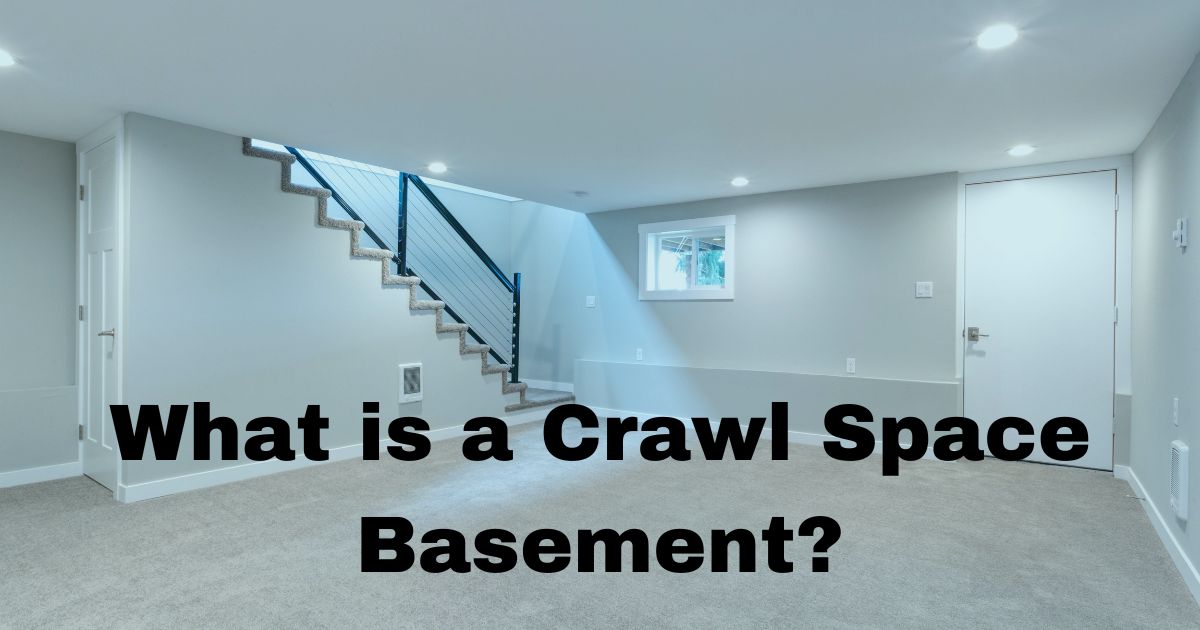
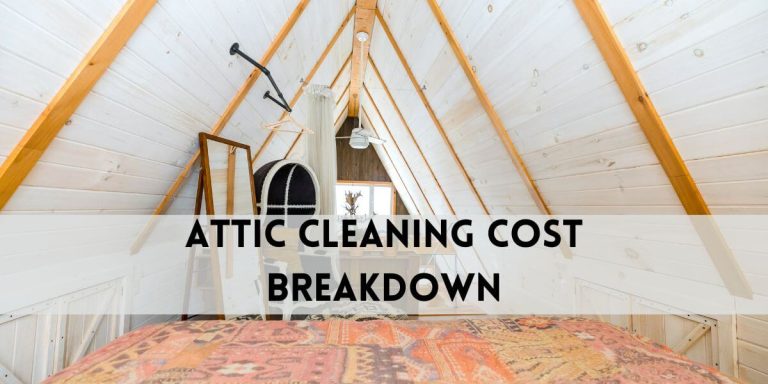
![What Could Be Making Noise in My Ceiling? [Possible Causes and Fixes]](https://www.homeimprovementdock.com/wp-content/uploads/2022/11/Possible-Reasons-and-Solutions-of-Noise-in-the-Attic-or-Ceiling-768x512.jpg)

![How Much Does Crawl Space Vapor Barrier Cost? [Answered]](https://www.homeimprovementdock.com/wp-content/uploads/2023/08/How-Much-Does-It-Cost-To-Install-Vapor-Barrier-In-Crawl-Space-Answered-2-768x403.jpg)
